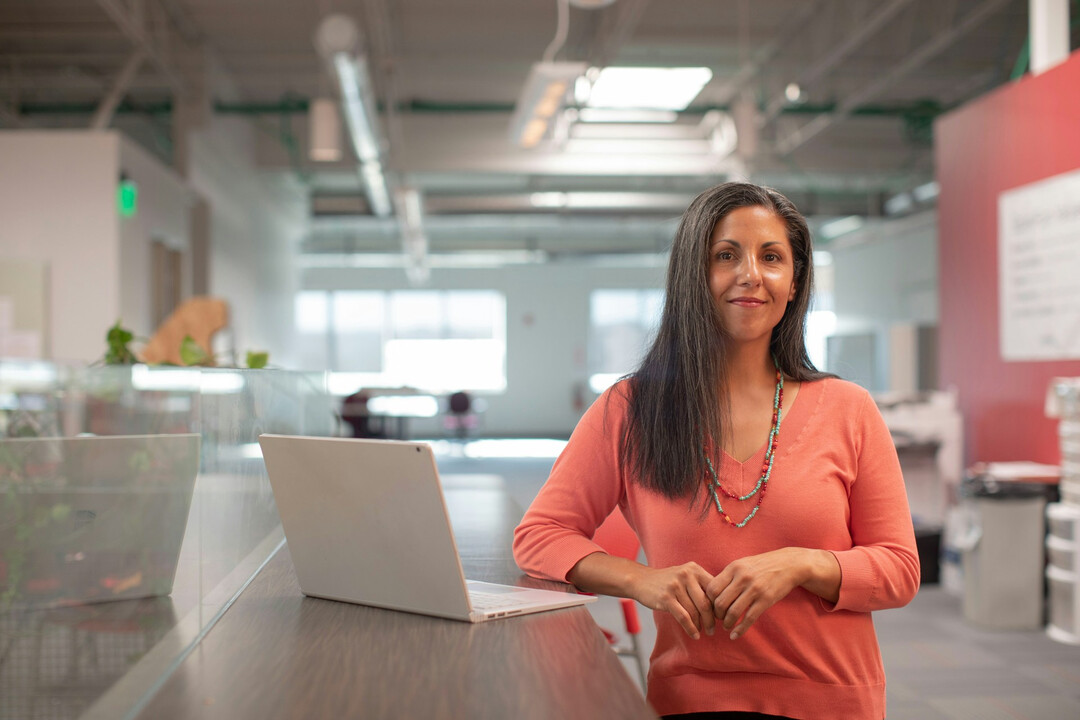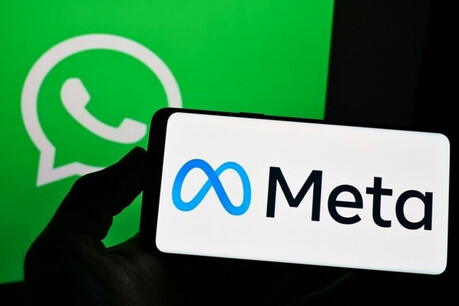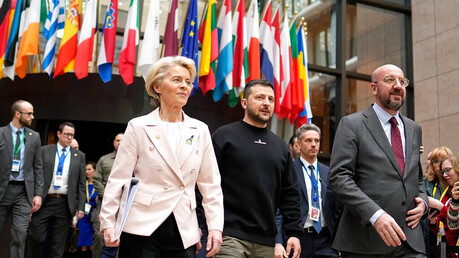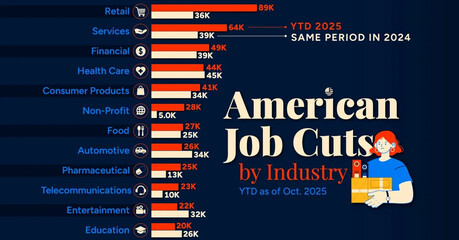
In the age of Artificial Intelligence (AI), a study analyzing 1.4 million visual resources and language models reveals the pervasiveness of Gender Ageism in online portrayals of the labor market, where women are depicted as having 'lower qualifications and being younger' than men. This gender-age bias not only reflects existing social stereotypes but is also found to be amplified and deepened by major AI tools like ChatGPT, raising significant social concerns.
Distortion of Workforce Imagery by Gender and Age
Researchers led by Douglas Guilbeault at Stanford University analyzed 1.4 million images and videos collected from sources like Google, Wikipedia, IMDb, Flickr, and YouTube, alongside 9 large-scale language models trained on billions of words. The study confirmed that even though no systematic age differences exist between men and women in the labor force, women are systematically represented as younger than men across various occupations and social roles.
Notably, this age disparity becomes more pronounced in high-status and high-wage professions. This aligns with previous research showing women are more likely to be associated with the word ‘chica’ (girl) regardless of age than men are with ‘chico’ (boy), empirically demonstrating the pressure of 'Gender Ageism' for women to constantly appear young.
Furthermore, the researchers discovered a tendency in AI tools to perceive older male profiles as more qualified than older female profiles. This suggests that algorithms play a major role in learning and amplifying these social biases, making it difficult to avoid the criticism that AI is cementing gender gaps rather than reducing them. This study was published in the prestigious global science journal 《Nature》, garnering attention from the academic community.
The Reality of the Korean Labor Market and AI Bias
These distorted online images are not unrelated to the reality of the Korean labor market. South Korea has the highest gender wage gap among OECD member countries, reaching an average gap of 29.3% in 2023, which is 2.6 times the OECD average (11.3%). Particularly for women over the age of 40, the gender wage gap significantly widens as the proportion of those employed in low-wage sectors increases due to career breaks and re-employment challenges.
Moreover, domestic and international studies suggest that occupations traditionally held by women, such as office and service jobs requiring relatively lower qualifications, are more vulnerable to AI automation, leading to the analysis that female workers will be impacted by AI nearly three times more than male workers. Cases where generative AI like ChatGPT reflects gender stereotypes for occupations—such as 'doctors are male, nurses are female'—in image generation demonstrate how AI learns biased data from society and technologically reproduces real-world disparities.
Therefore, there is an urgent need to recognize and address the gender and age biases embedded in internet content and AI algorithms through data refinement and algorithmic improvement efforts. If these biases continue to spread, the labor market status of women could be further weakened, and fairness across society could be undermined.
[Copyright (c) Global Economic Times. All Rights Reserved.]




























